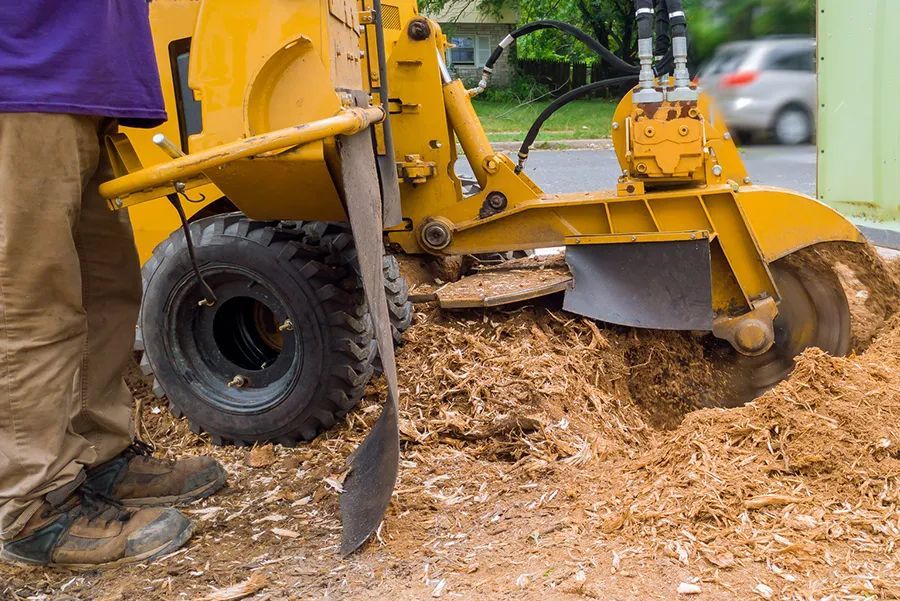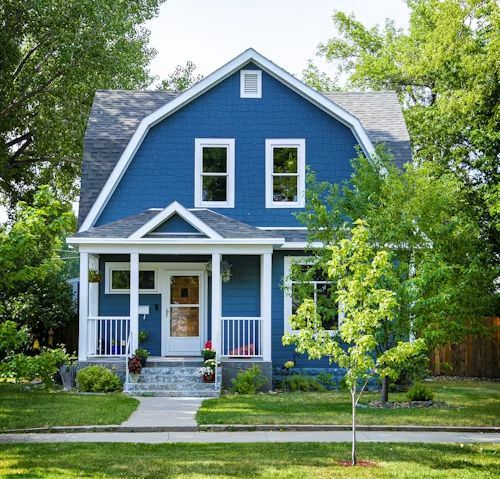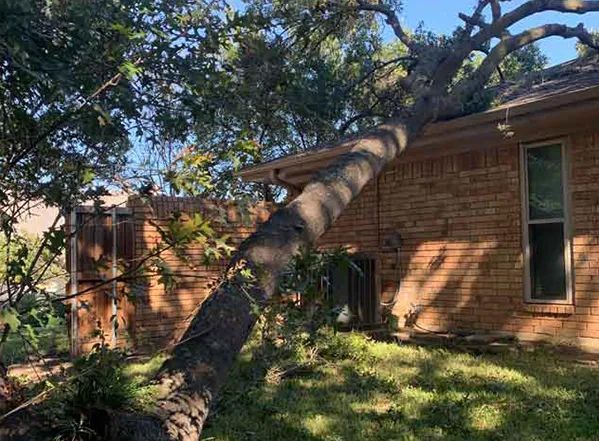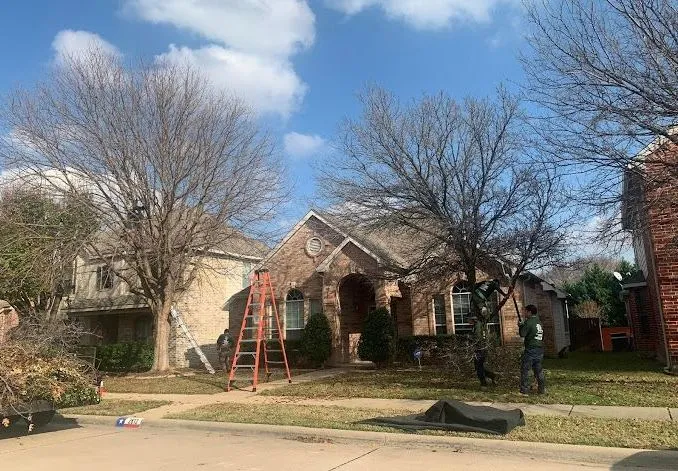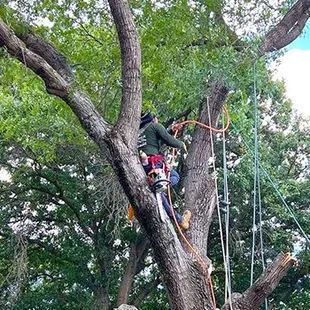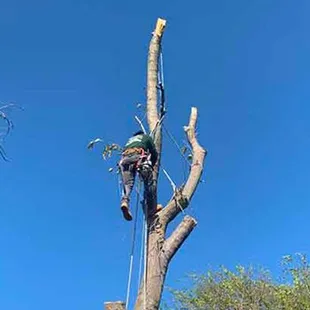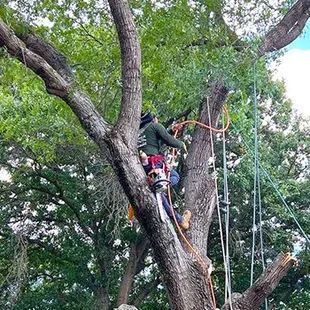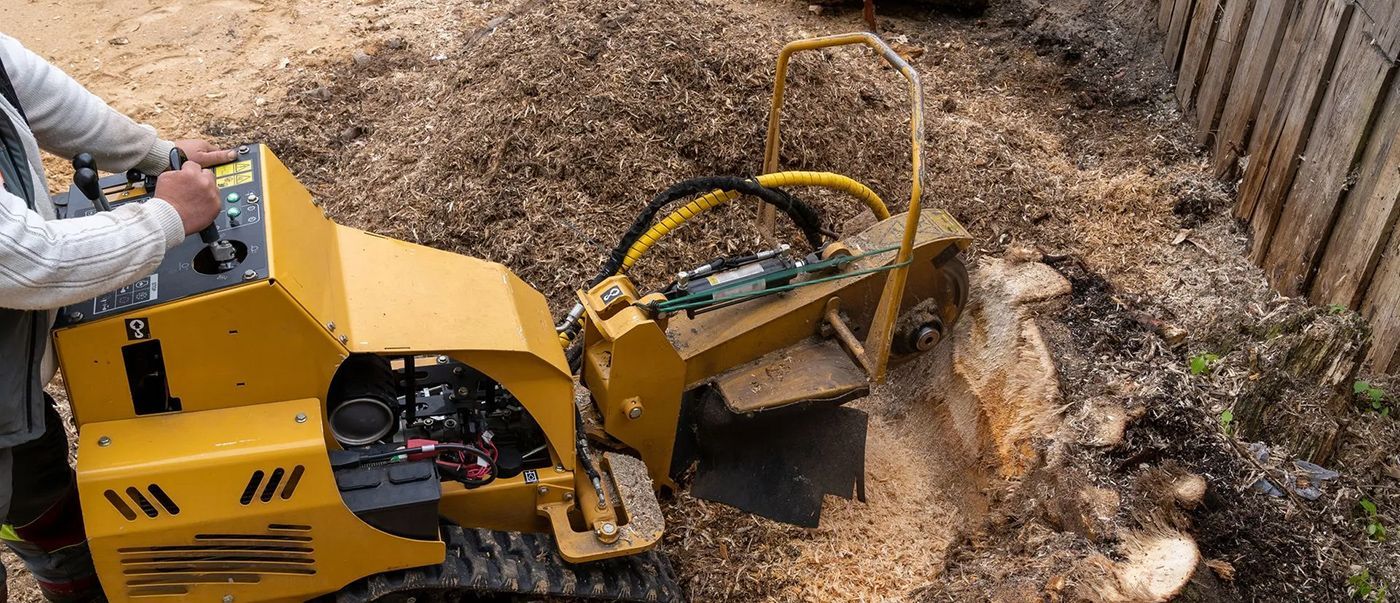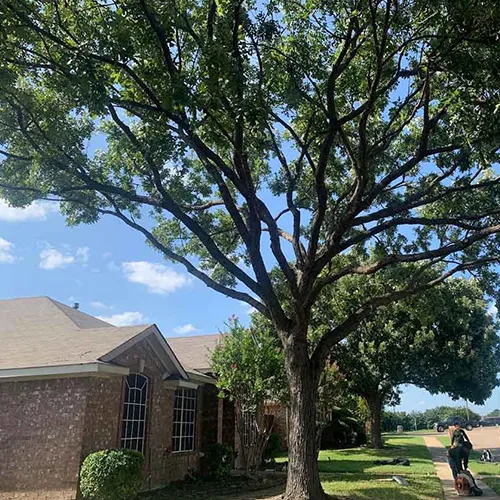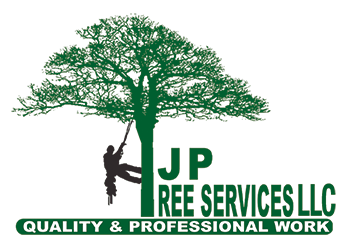Common Warning Signs that a Tree Is Dead or Dying
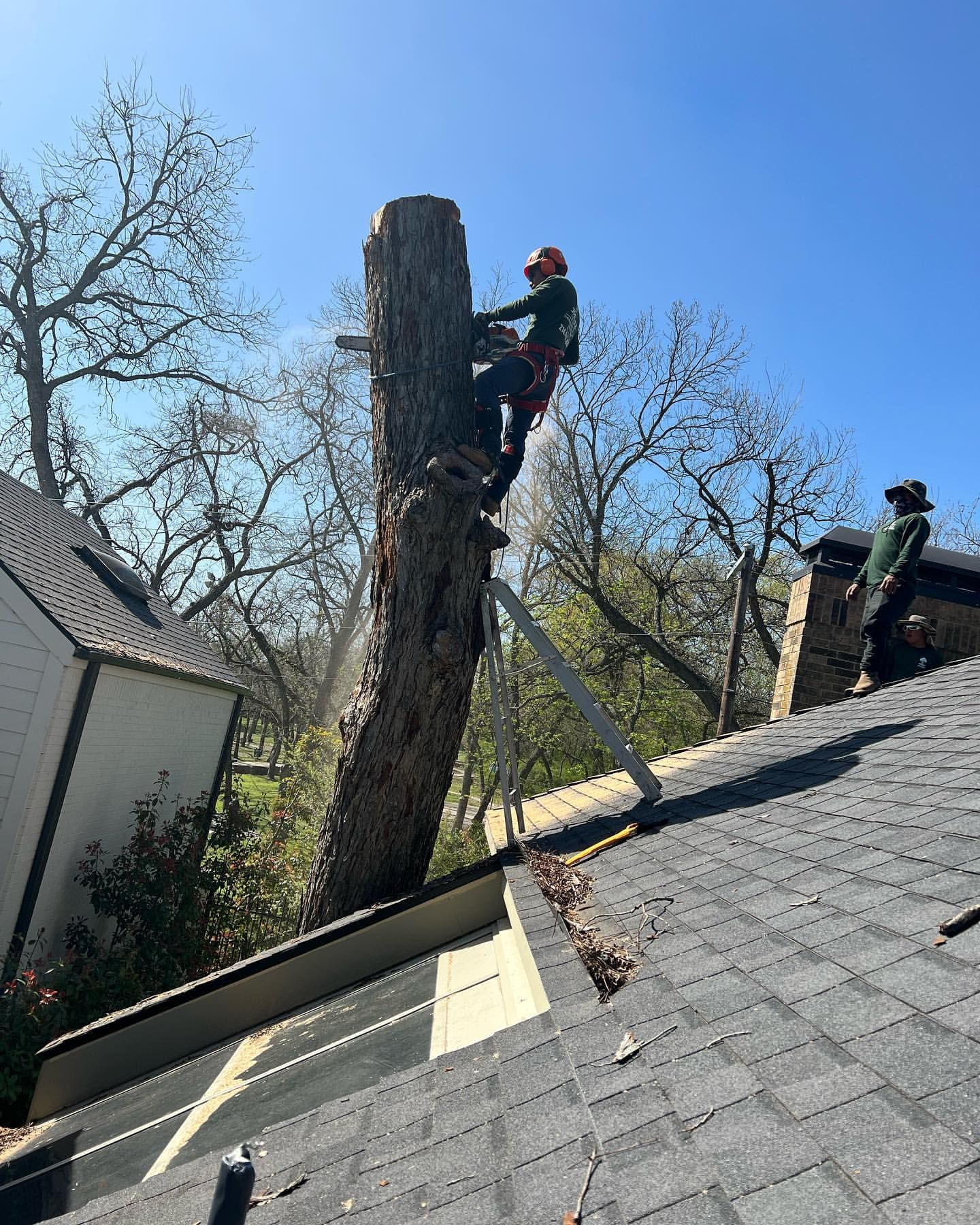
Trees are vital components of our environment, providing oxygen, improving air quality, and offering habitat for wildlife. However, trees can suffer from diseases, pests, and environmental stress, leading to their decline and eventual death. Dead trees are prone to toppling over in high winds, creating a safety hazard that needs to be addressed by the arborist. At J P Tree Services, our team provides expertise with identifying and removing dead trees in the greater Dallas area. Here’s a look at five signs that a tree is dead or dying.
Bare Branches
One of the most obvious signs that a tree is dying is the presence of bare branches. If a tree has lost a significant number of leaves and appears sparse during the growing season, it could be in trouble. While some leaf loss may be normal, especially during autumn, excessive defoliation outside of this period suggests the tree is under stress. Look for branches that remain bare while others have leaves. This uneven growth is a red flag that parts of the tree may be dead.
Bark Damage
Healthy trees have strong, intact bark. When a tree is dying, its bark often becomes brittle, loose, and starts to peel away. Check for cracks, deep fissures, and areas where the bark has completely fallen off, exposing the inner wood.
Fungal Growth
Fungi thrive on decaying wood, so the appearance of mushrooms or other fungal growth around the base of a tree or on its trunk can be a sign of rot. While not all fungi are harmful, many species are a sign that the tree's internal structure is compromised. This decay can weaken the tree, making it more susceptible to breaking and falling, which poses a significant hazard to nearby structures and people.
Dead Wood
Dead wood is characterized by brittle, dry branches that snap easily. You can test the branches by bending them; if they break without much effort, they are likely dead. Also, dead branches often lack buds and leaves. If you notice a substantial amount of dead wood throughout the tree, it may be a sign that the entire tree is in decline.
Tree Removal in Dallas
When you
need tree removal in Dallas and the surrounding area, contact J P Tree Services at
(945) 235-2029. Feel free to give us a call today to request an arborist estimate in Dallas, TX!
